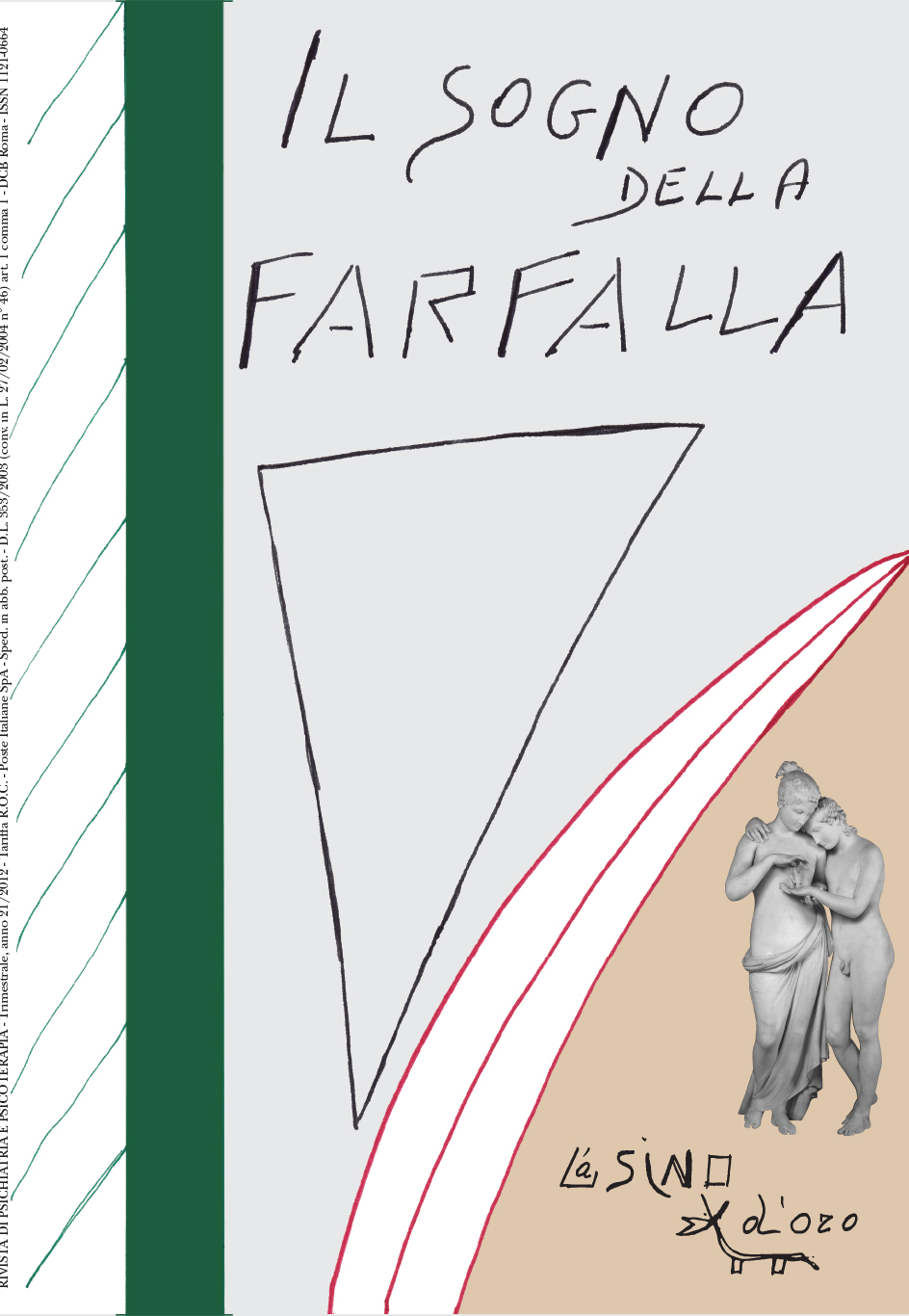The clinician’s experience as added diagnostic tool for identifying at-risk subjects of psychotic schizophrenia. A group study
Abstract
This article is based upon a group research clinical experience which had as objective the early identification of at-risk psychotic mental state in adolescents and young adults. The research identified a contradiction between the clinical judgment and the results of objective diagnostic tools recognized by the international scientific community. Consequently, the research group decided to create a specific questionnaire for the population studied which was not still present in literature. This had as main objective the recognition of the clinician’s experience, feeling and impression as added subjective diagnostic tool. The author further analyzes the choice of the word impression making a clear distinction from more general concepts such as phenomenological intuition, empathy and contro-transfert. The method which led to the creation of the Clinical Impression Assessment of the Pre-psychotic Phase of Schizophrenia is then outlined. In the second part, the article analyzes the differences between medical and psychiatric diagnostic investigation: as theorized by Massimo Fagioli, in psychiatry the object of study is both the conscious and non-conscious mind and only the relationship with the patient represents the investigative tool through which the psychiatrist can feel or intuitively perceive a mental alteration. finally the paper concludes by proposing a mental illness diagnostic process able to take into account both subjective and objective aspects.


